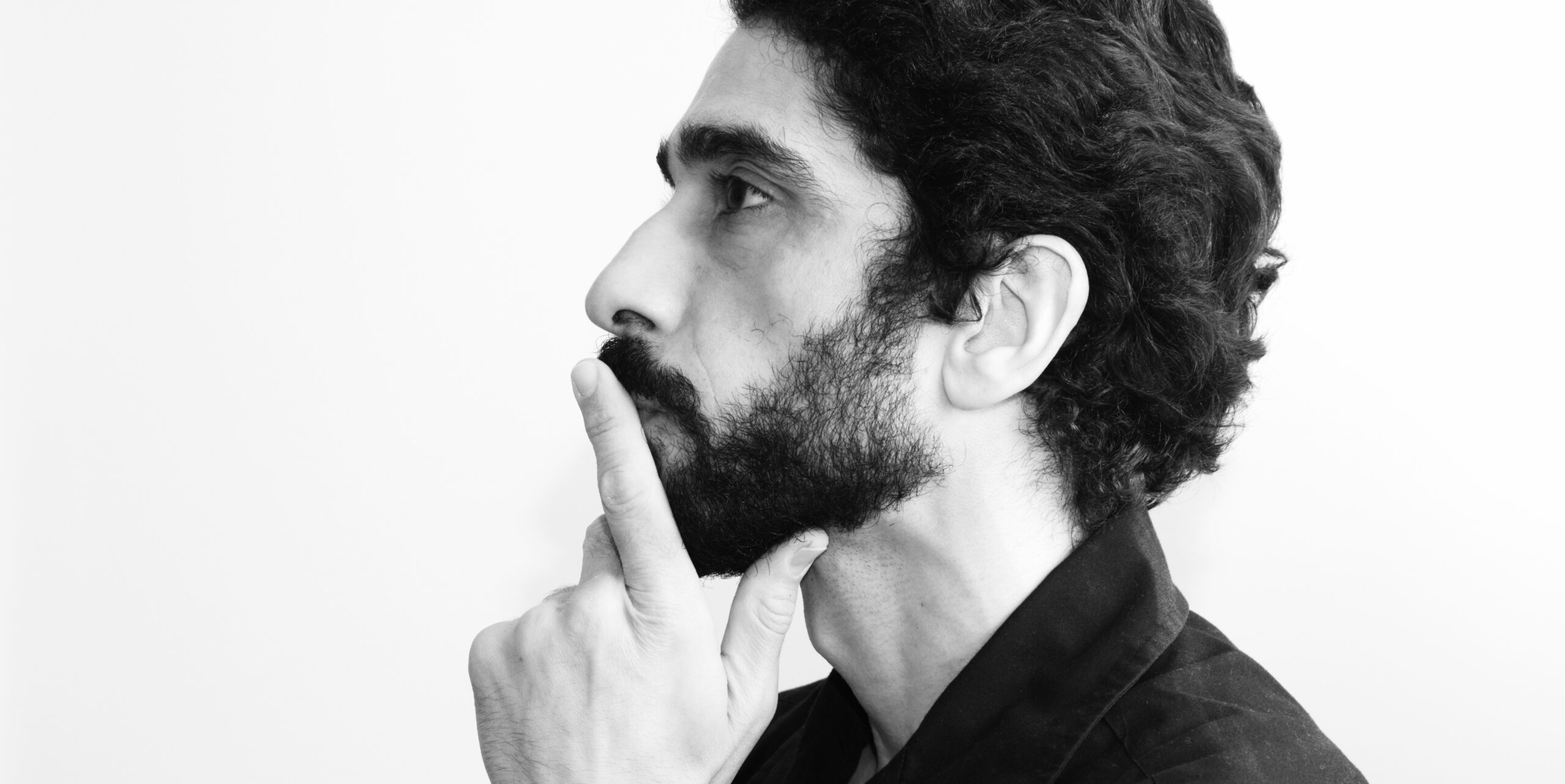If you read anywhere on the web, you’ll see people talking about how Photoshop (and digital photo manipulation) is ruining the purity of photography. People argue endlessly about this as if they could get everyone on their side. Guess what? This controversy is older than radio. Recently I’ve been reading the great photography history, How To Read a Photograph. It turns out that as early as 1898, people were purposely publishing their photographs straight as they happened to develop. In the 1920s there emerged a division between photographers over whether it was more proper for photographers to alter their negatives (and therefore become an interpretive art form like painting) or if they had to be developed as is. People had already been experimenting throughout the 1900s with the usage of different chemicals to affect their prints in different ways. Photographers even used different films from different manufacturers because they were known to give darker greens or more saturated colors or better grain. Digital photography is no different – it’s just that dark rooms took years to master while anyone can get the basics of the Canon RAW (or Lightroom RAW) editor. But, having seen that this division has existed within photography for the past 100 years, I don’t think it will be going away any time soon.
I think the most important thing to realize is that the art of photography is 99.9% in the eye of the photographer. How we compose a scene is what determines the difference between art and a snapshot. If the colors are a little too muted or if we need to lighten up the image, this doesn’t mean that the computer is creating art any more than saying that when you take your photos to be developed at the drugstore that the developing machine is creating art. The computer is merely doing what I tell it to do. In both the analog and the digital worlds, there has always been a need to augment what was captured by the camera. After all, when a photograph is my artwork, and I wish for a scene to be remembered more or less colorfully, I’m merely making an artistic decision. A bad photo can never be made good by photoshop. A bad photo is a bad photo. If things need to be lightened or darkened – then it was not a bad photo – there were just some technical mistakes made.
And what of photojournalism and photo documentaries? It’s taken me a while to realize that there is no such thing as an objective photo (no matter what the non-photographic public thinks). At the moment in which I frame a shot, I am automatically making a value judgment. I am determining what is relevant to the photo and what I want to say with the photo. Take, for example, a political rally. If I find the person with the most repugnant sign (say, “The President is a Nazi”) and photograph only that person and publish this photo, I have not manipulated the scene in any way. I captured it exactly as it happened. Nothing unethical has taken place. But, by singling out this one person, I am framing what the whole rally was about. I am keeping people from seeing other, more rational signs. But there was no “evil” computer manipulation involved in this deception.
In the end, the most important thing to realize is that photography has NEVER been as simple as clicking a shutter and getting photos back. Only as a reaction to people manipulating photos in the dark room did people begin to specifically take photos and not do any processing to them except what was necessary to get the photograph developed.
